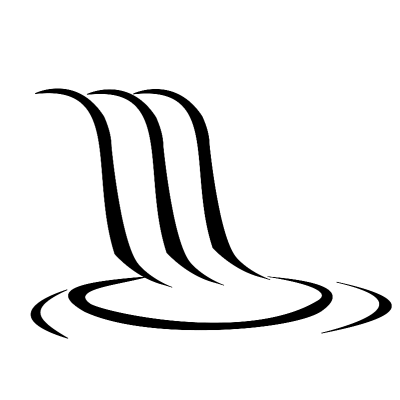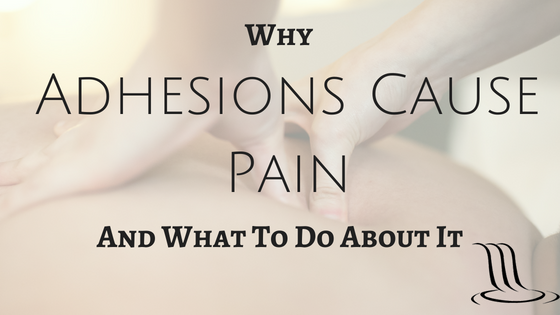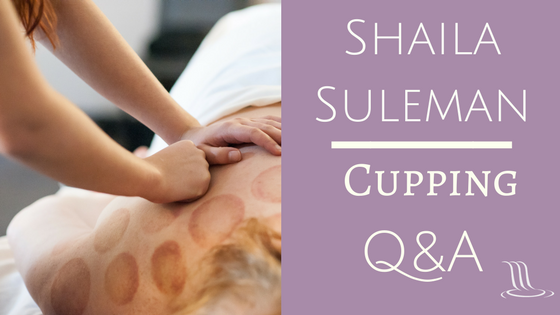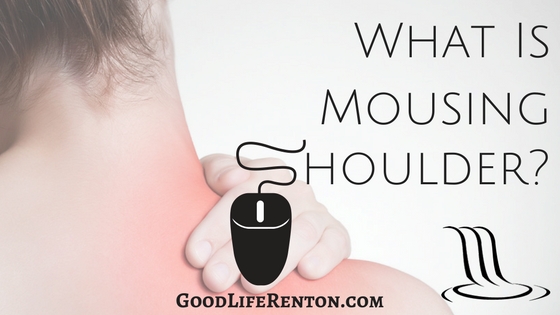Ad-whatnow?
Adhesions. You may hear your massage therapist use this word. It sounds medical, and usually comes out during your massage as an explanation for why this or that stroke hurts like crazy.
As in, “It feels like you have some adhesions in there!”
What are adhesions?
Adhesions are scar tissue that forms between muscle fibers and organs. They’re a natural result of stress on muscles or organs. They’re one of the reasons you feel stiff and sore after a heavy workout or after surgery.
Usually, however, adhesions have no symptoms at all. This is why you may come out of a massage saying “I’m feeling places I didn’t even know I had!” The adhesions were pulling on your muscle tissue, causing a stinging pain.
Most adhesions are fairly innocuous, and result as a part of normal muscle function and exertion. Most have the consistency of wet tissue paper. With repetitive stress and motion, however, they can get strong, firm, and can begin to adhere tightly to muscle fibers.
Abdominal adhesions
Abdominal adhesions are a special case, and can cause major health problems and chronic pain. Adhesions in the uterus, also called endometriosis, can even cause infertility and painful periods.
Solutions
There’s really very little that can be done for adhesions. There’s no miracle drug, and adhesions won’t even appear on x-rays, CT scans, or any kind of imaging. There’s not even a test to confirm their presence definitively, and Doctors won’t even diagnose endometriosis without surgery.
For severe cases of abdominal adhesions, laproscopic or open surgery is the primary method of diagnosis and treatment.
But there is hope outside of surgery.
Massage to the rescue!
The biggest benefit of massage for adhesions is prevention. Regular massage helps prevent adhesions from becoming so strong that they cause pain and affect your posture. The more they’re broken down with regular massage, they less likely they are to become a problem.
Keep in mind that breaking down adhesions in muscle tissue isn’t for the faint of heart or those who only want massage for relaxation and not treatment. When your massage therapist encounters adhesions in your muscle tissue, you’ll know it. Massaging adhesions causes a distinct, stinging pain you’ll feel on contact.
As the massage therapist continues the strokes, the pain will decrease. This is a good kind of pain! Still, if you want your therapist to ease into it or back off the pressure, please say so. Don’t suffer in silence.
To help manage the pain of having adhesions worked in a massage, remember to relax. Easier said than done. Relaxation takes a real conscious effort in this case, but it’s well worth it.
Breathing is also key here. Focus on your breath, and by no means should you hold your breath through the pain. Slow, deep breaths help decrease the pain and takes your focus off how much it hurts. You’re also sending more oxygen to the area in pain, which can only do it good.
Abdominal massage
The Good Life Massage offers a distinctive abdominal treatment designed specifically to ease the suffering of those who have a large number of abdominal adhesions. It consists of a series of half-hour treatments focused wholly on the abdomen. It was devised by our own Amy Gunn, LMP and is based on scientific research indicating the benefits of massage for treating endometriosis. This treatment is ideal for anyone experiencing abdominal pain that might be a result of adhesions.
Need pain relief? Book a massage now!
For general work on muscles throughout your body, any massage session will work.
For a specialized session for abdominal adhesions, be sure to select Visceral Manipulation when booking.
As with everything on this blog, none of this information should be construed as medical advice or care. The employees of The Good Life Massage, including the writers of this blog, are not medical doctors. Consult with your physician before making any changes to improve your health.
Tom Gunn is the blog editor and marketing director for The Good Life Massage.




 Is it uncomfortable or painful?
Is it uncomfortable or painful?

